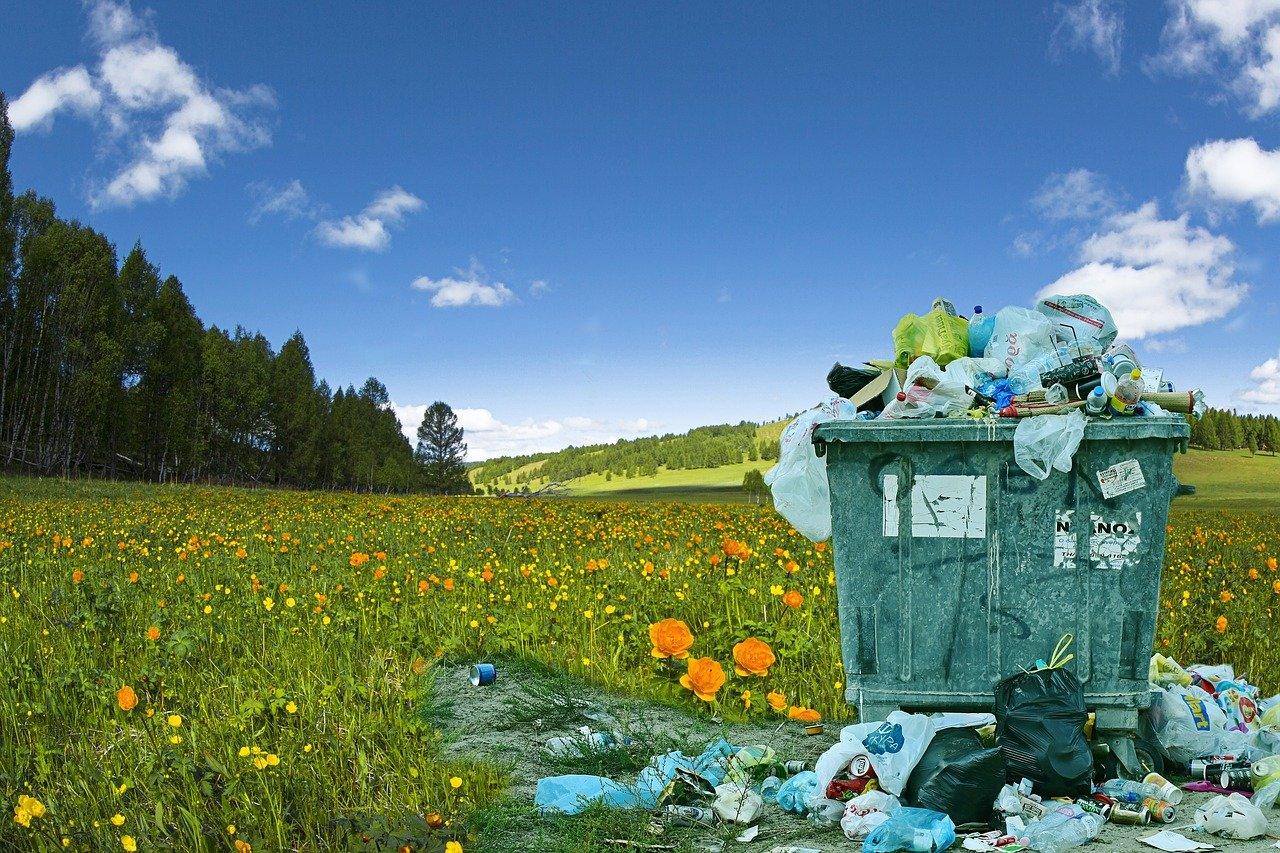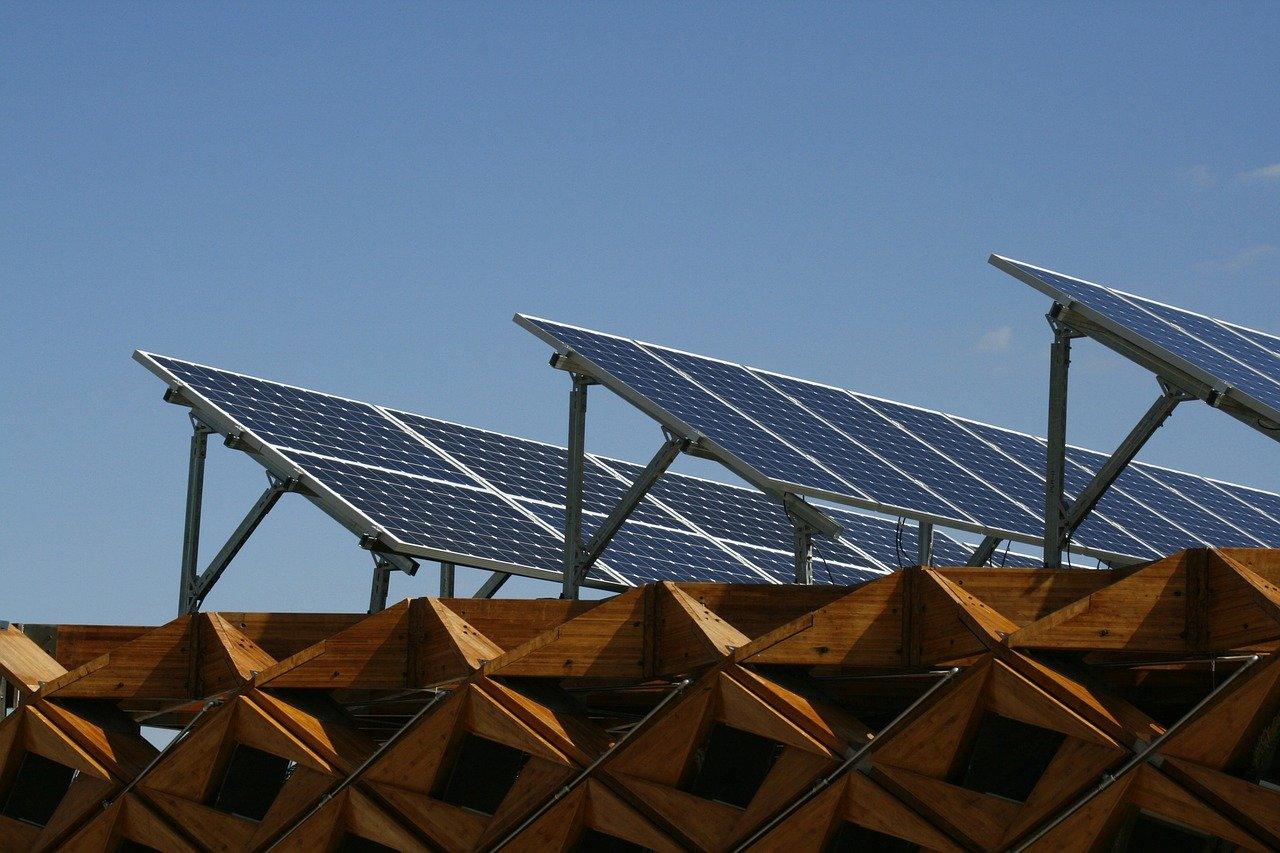40% OFF ALL LEED EXAM PREP PRODUCTS! | PASS YOUR EXAM CONFIDENTLY, ON YOUR FIRST TRY!
40% OFF ALL LEED EXAM PREP PRODUCTS! | PASS YOUR EXAM CONFIDENTLY, ON YOUR FIRST TRY!
Add description, images, menus and links to your mega menu
A column with no settings can be used as a spacer
Link to your collections, sales and even external links
Add up to five columns
Add description, images, menus and links to your mega menu
A column with no settings can be used as a spacer
Link to your collections, sales and even external links
Add up to five columns
How LEED Handles Recyclables With The Storage And Collection Of Recyclables Prerequisite
2 min read

Waste is one of the primary burdens on the environment. In the United States, metals, paper, food, glass, and plastics comprise approximately 69% of the total amount of municipal solid waste. Furthermore, all the mentioned products can be recycled, which not only reduces the need for virgin materials but also reduces landfills.
In addition to solid waste, electronic waste (e-waste) is a major problem in today’s world, as the disposal of these materials can cause more harm to the environment, and handling electronic waste requires different procedures.
This Storage And Collection Of Recyclables prerequisite in LEED BD+C rating system aims to reduce the waste that is generated by building occupants. In turn, the prerequisite encourages the project teams to have spaces dedicated to the collection and storage of recyclables, at least for mixed paper, corrugated cardboard, glass, plastics, and metals, which can be accessed by waste haulers and building occupants in the entire building.
Such projects should also be able to have an infrastructure in place to collect, store, and dispose of at least two of the following e-wastes: batteries, lamps containing mercury, and electronic waste. Note that these materials are not considered recyclable items under this prerequisite, as they will be only collected, stored, and disposed.
For LEED BD+C: Retail projects, the prerequisite requirements are completely different. Retail projects should conduct a waste stream analysis and identify a project’s top five recyclable waste streams (by weight or volume) using consistent metrics throughout. (The waste stream study period should be a minimum of 24 hours.) If the project teams cannot find any information regarding the waste streams, data from similar operations can be used to make projections. Or retailers with other stores of similar size and function can use their historical data from their other stores.
Once the waste stream study is completed, project teams should list the top four recyclable waste streams and provide dedicated areas for separation, collection, and storage of the recyclables, which should also be accessible to the waste haulers and the building occupants. If project teams identify batteries, lamps containing mercury, or electronic waste as one the four waste streams, all necessary measures should be taken for safe collection, storage, and disposal (not recycling) of those items.
For all projects, even if there isn’t any recycling program available at the project’s location, dedicated storage should be available for any future services, and dedicated areas should always be easily accessible by the building occupants, visitors, and waste haulers.
For the LEED BD+C: Core and Shell projects, the project teams can estimate the tenants’ recycling needs based on historical data and should consider incorporating the recycling policy of the building into tenant guidelines.
If you want to learn more about the LEED green building rating system or want to earn a LEED credential, check out exam prep courses that are designed make you pass your exam on your first-try!
Also in Projectific Blog

What Changes In LEED v5 & When Will The LEED Exams Will Be Based On LEED v5?
2 min read
As building professionals prepare for this significant update, two critical questions arise: what are the major changes in LEED v5, and when will the LEED credential exams transition to the new version?

LEED Heat Island Reduction Credit Explained
2 min read

What is a Net Zero Energy Building?
3 min read

